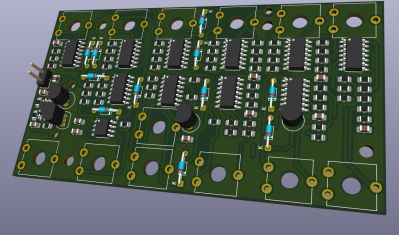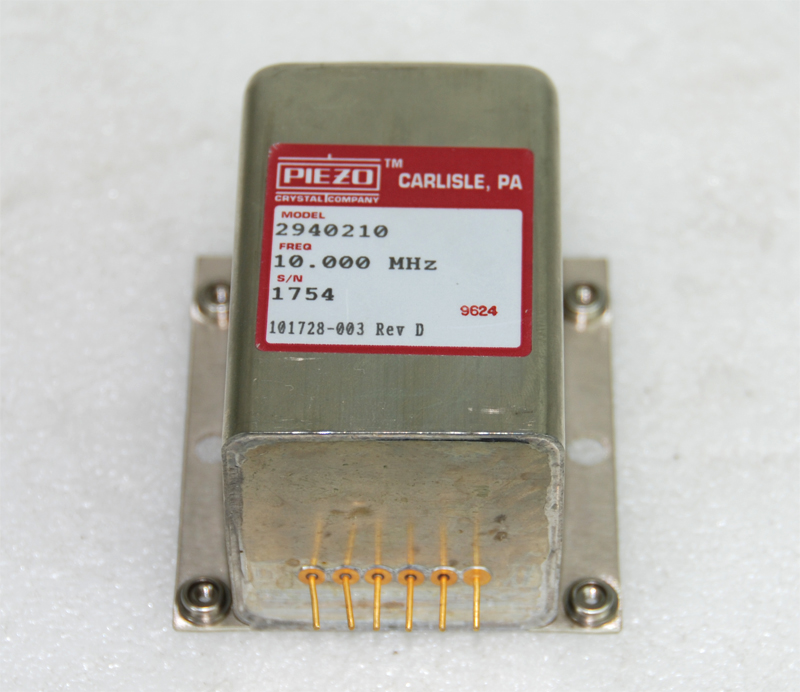Do you like buses, or do you just like the flippy-flappy displays they use to show route information? Either way, you’ll probably love the flip-disc clock created by [David Plass].
The build is based around four seven-segment flip disc displays. The modules in question are from Flipo.io. They use a hefty 0.5 amp pulse to create a magnetic field strong enough to flip the discs from one side to the other with coils placed underneath the fluro/black flipdots themselves. The modules are controlled by a Wemos D1, which uses Wi-Fi to query a NTP server to keep accurate time. It then drives the necessary segments to display the current time. The whole thing is assembled in what appears to be some kind of kitchen storage tub.
Notably, the clock flips a couple dots once every second to meet the requirements of our One-Hertz Challenge. This also makes it obvious that the clock is working when it would otherwise be static. However, [David] notes commenting out that part of the code at times, as it can be quite loud!
This clock has got fluro dots, it’s well-executed, and it’s a fine entry to the 2025 One-Hertz Challenge. We’ve also previously explored how these beautiful displays work in detail, too. Meanwhile, if you’re busy repurposing some other kind of mechanical display technology, don’t hesitate to let us know!






















